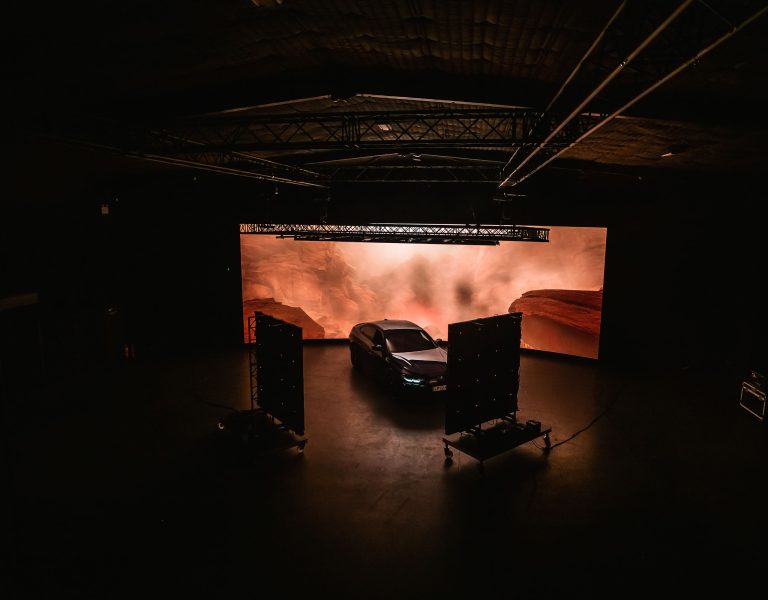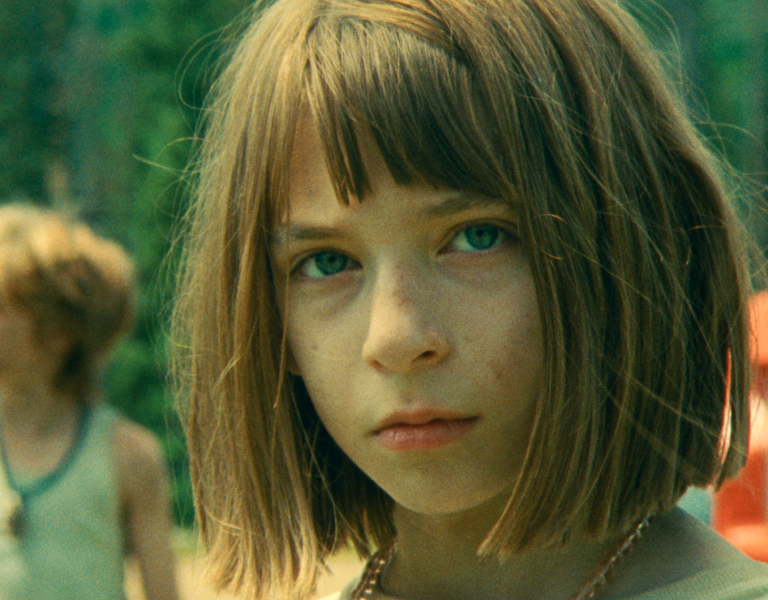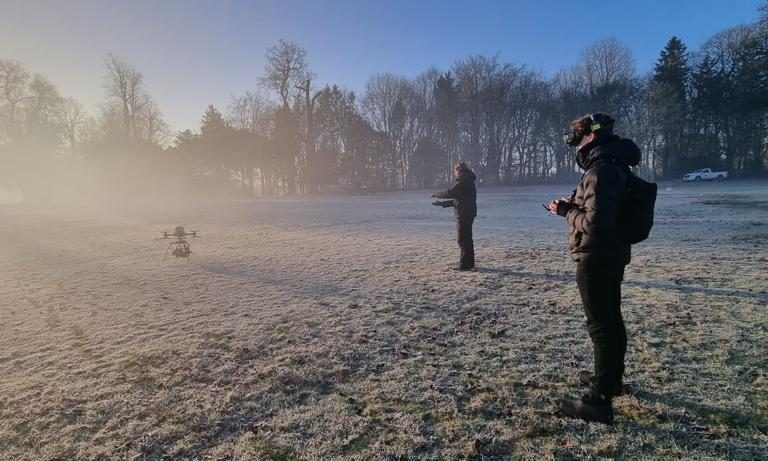Find out more about the evolving role of drones in cinematography with the Helicopter Girls, and how the team lent their aerial expertise to The Boys in the Boat.
With many different types of drones available, each with unique flight characteristics and capabilities, it’s more important than ever to know the right aerial toolkit for the shot.
Emma Boswell is the founder of The Helicopter Girls, the drone company behind projects such as The Boys in the Boat, Wonka, Saltburn, Fast X, and the upcoming Wicked feature. She explains: “We run a diverse fleet of over 35 drones which means real creative flexibility in aerial work. On many productions we use a blend of drone technologies to achieve the cinematographer’s vision. We could be flying FPV (first-person view), heavy or super-heavy-lifters for specialist payloads, as well as VFX tools like the three-camera-array or our new, world-first, drone motion control solution, developed for a recent feature.”
What sets Boswell’s team at The Helicopter Girls apart is their expertise and capacity to adapt to each brief and bring fresh creative solutions to filmmakers. “We have a team of brilliant minds with very specialist knowledge, so a lot of technical work happens in pre-production. We’ll test bespoke payloads, plan complex shots, design and manufacture parts, and adapt the drones themselves if we need to in order to achieve the best outcome.”

CASE STUDY
Capturing the thrills and the drama: the role of drones in The Boys in the Boat
Cinematographer Martin Ruhe ASC visited Helicopter Girls HQ in early pre-production of director George Clooney’s film The Boys in the Boat to look at the different options for shooting the races and water sequences in the film.
“The story of The Boys in the Boat is epic,” says Ruhe. “The boat races are historic and at the time were huge sporting events with hundreds of thousands of spectators. So we were trying to make them as exciting as we could, the drones being a very important part of it. They gave us an overview and geography in higher angles when we showed how our heroes tried to catch up being behind in the race. Also those aerials gave us scope and scale. We have some beautiful shots of Lake Washington thanks to them (and some help from post production to add some Seattle landmarks – the film was entirely shot in the UK).”
In addition to providing scale, Ruhe used the drone to get in close to the rowers. “The challenge was to fly low over the water at eye level of the rowers as we always wanted to be with them,” he notes. “The drones were the only way to get shots like that. With the wake of our camera boats we would have flooded the rowing boats as they are very delicate to handle.”
The aerial team spent a couple of days testing both heavy lift and FPV aircraft systems out on the water with the rowers in rehearsals. Pilot Pete Ayriss was balancing the desire for long flight times, which can be achieved with the Super Heavy Lift Alta X, with the benefit of the smaller footprint of the lighter Alta 8, which he could bring safely between the race boats while still carrying Ruhe’s chosen payload of the ARRI Alexa Mini LF with short zooms.
“Most of my work was with the Alta 8, taking off and landing from the drone vessel,” Ayriss recalls. “I could get the camera 20cm above the water surface, level with the top of the hero boats so we didn’t see inside the boat and were close enough to capture the performances. We could either lead the action or get in amongst the boats without creating any wash for the rowers, giving myself and aerial director of photography, Phil Arntz, the creative freedom to move spontaneously as the action unfolded.”
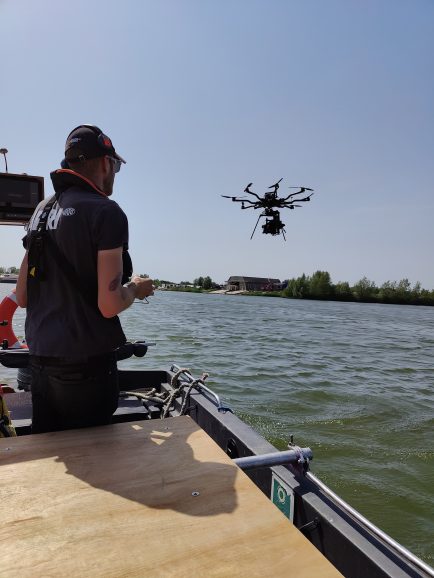
Importance of communication
In technically challenging shoots with dynamic environments, effective communication between the pilot and operator becomes crucial. In this case, Ayriss worked closely with Phil Arntz, aerial director of photography, crafting the shots together.
“Pete and Phil are great craftsmen, understanding, efficient and artists with drones,” comments Ruhe. “They like a challenge and deliver. The collaboration was great.”
One aspect that made the shoot particularly challenging was that Ayriss flew the drone from a separate vessel, while Arntz operated from the same boat as Ruhe and director George Clooney. This setup allowed for clear instructions and real-time reactions to changes in the action.
Ayriss faced a set of intense challenges with zero margin for error. His drone launch boat was behind a flotilla of boats keeping pace with the rowers, so it was heavily rocked around. He had to keep his eyes firmly on the drone and couldn’t afford to glance away at his camera feed to see the shot himself, relying on Arntz to narrate the shot. According to Arntz there is no one better placed to take on such a challenge: “Pete Ayriss is an incredibly skilled, experienced pilot. We have been working together for many years and have built an unspoken understanding of how we can communicate and operate efficiently, even in challenging situations.”
Arntz continues: “Working with cinematographer Martin Ruhe on The Boys in the Boat gave us a fantastic opportunity to push the limits of the heavy lift drone technology. I believe that my job as aerial DP relies hugely on clear communication, being able to interpret the director’s and DP’s vision, and in turn translate that into a dynamic shot, which tells a story rather than just offering a non-descript, high wide. As our actors made up the rowing team, multiple takes often weren’t an option as we didn’t want to tire out the principal cast, so getting it right the first time and offering many different angles throughout a ‘race’ was essential.”
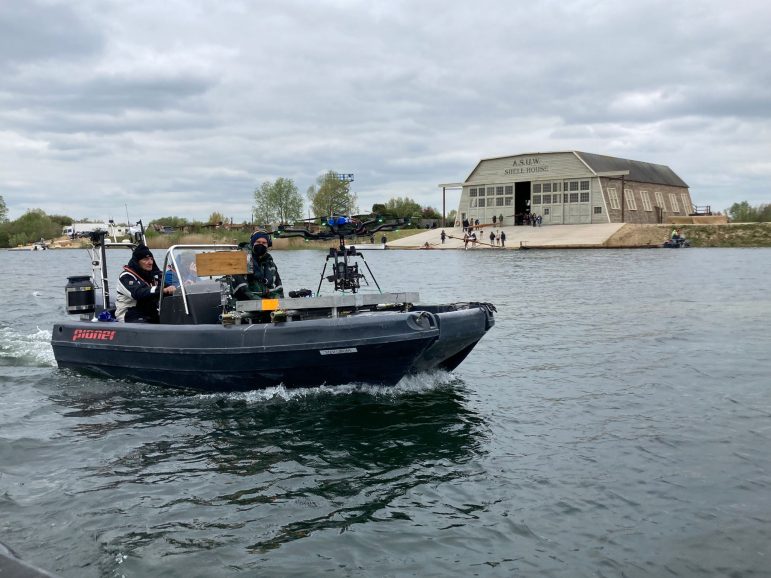
Creating dynamic shots
One particular shot stands out for Ruhe. “My favourite drone shot starts behind an umpire waving the starting flag before we fly off with all boats at an Olympic race. This was a suggestion by Pete on the day.”
Ayriss elaborates: “The original idea was for the drone shot to finish at the start and let the boats go but we suggested chasing the boats down after the start to keep the energy going. The shot needed to be really fluid to capture the tension at the start line and the explosive action as the race began so the timing was critical.
“As the flag dropped the drone camera came around the tower to reveal the starting line, and the boats leaving the start. We chased the boats down, coming right in amongst the rowers, moving through the middle and around the front to settle on the side of the hero boat, track with it and then pull up to follow in a ¾ top shot in one fluid movement that lasted four minutes. Director George Clooney remarked he didn’t know where he was going to cut out of the shot because it was developing all the time and was so good. That’s when you know you’ve done a good job for the day. The experience was one of the most challenging and enjoyable projects of my career.”
“It all came together beautifully,” Ruhe concludes. “The drone work gave us some very dynamic shots which added excitement to the races. Drones have made aerials at close distance available. They are easy to use, allow maximum flexibility and expand the visual language. It is exciting to see how this still evolves and gets better every year. For example, with FPV you can do shots which were not possible before. So it is always a consideration. For me it is essential to have a crew handling these aerials who understands me and can add to our intentions. That is why I tend to go back to pilots who I worked with before like Pete Ayriss.”
Harnessing emerging technologies
The increasing demand for various drone technologies is a testament to their versatility and the boundless opportunities they bring to filmmakers. Boswell’s co-founder, Katya Nelhams-Wright explains, “Innovation is crucial to our continuing success. Drone tech is constantly evolving and my job is to look for the tools that will offer something different and enhance visual storytelling.”
Nelhams-Wright continues: “The new DJI Inspire 3, released earlier in the year, promised the technology to be able to fly repeat moves in different locations, but as a stand-alone product its data is not comprehensive enough to produce accurate results unless you are only relocating your shot a short distance.”
For the past six months Nelhams-Wright and her team of in-house engineers have been developing a drone motion control system which takes the Inspire 3 technology and pushes it one step further. “Initially developed for cinematographer Erik Wilson BSC on a very special production shooting background plates in a remote jungle and the action on a UK backlot, we have finessed an end-to-end capture process for both A and B sides that will replicate the drone and camera move accurately. We now have the capability to take any shot from any capture technology and replicate the move in a different location, anywhere in the world utilising the Inspire 3 drone.
“We’re quite excited about this one as aerial motion control has been out of reach until now. It opens up a whole load of shot possibilities and could lead to helpful budget savings for VFX departments.”
With this expanding blend of technologies available Boswell’s emphasis on cost-efficiency is crucial in ensuring that clients have the right equipment to fully explore their creative vision without breaking the bank. “I like to facilitate productions as much as possible. The sheer size of our aircraft fleet gives us a great amount of flexibility to work with a production budget and deliver the maximum creative freedom to our clients, and to our teams on the ground, so everyone’s happy!”
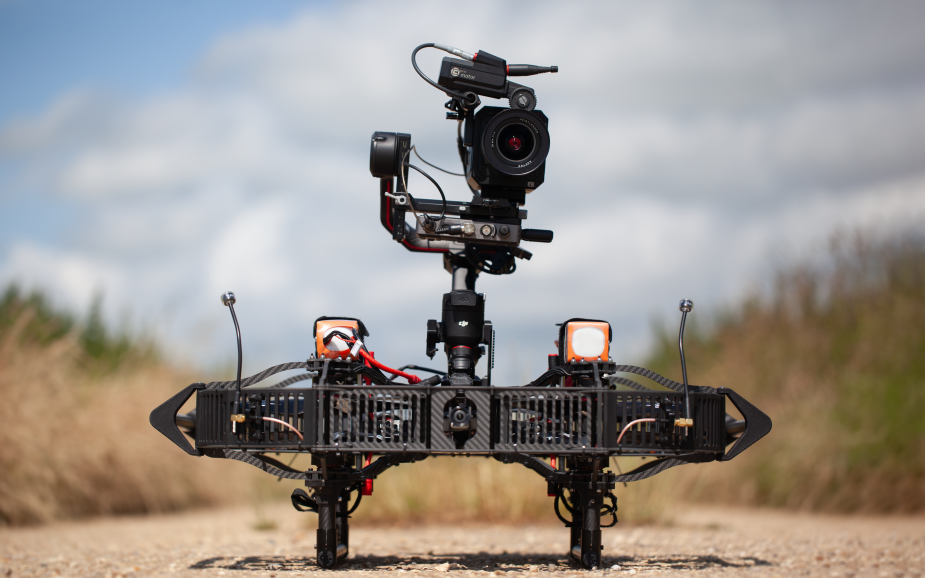
Hand catching drones
Developments in drone design mean there are new tools available which add to creative freedom when designing shots. The Helicopter Girls recently added two fully caged ‘Pizza FPV’ drones to their fleet which are specifically designed for safe hand launching and catching and close proximity flying around cast. Paramount+ series Knuckles provided an opportunity to fly the drones for an interior sequence at Pinewood Studios with 80 background artists and cast in situ. The drone will carry a full RED Raptor payload while still being small enough to fit through a doorway and light enough to be hand caught or launched smoothly by one person. A shot can be cleverly crafted to unfold with the narrative and dialogue, moving between exteriors and interiors, flying safely in close proximity to the subject.

